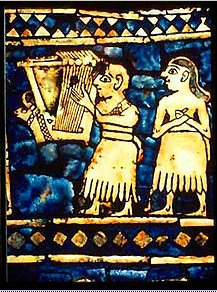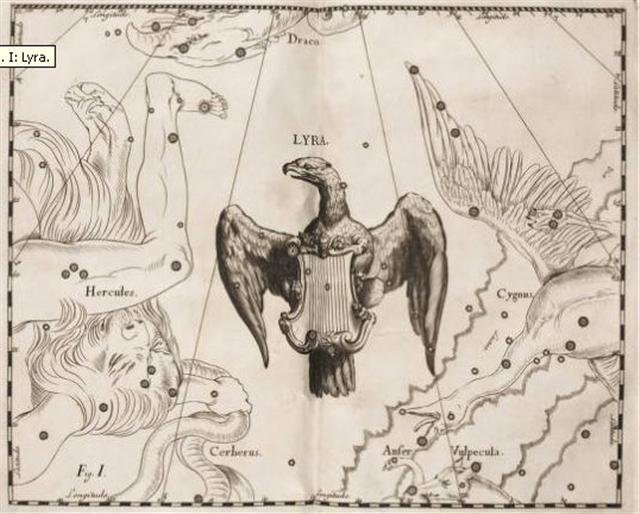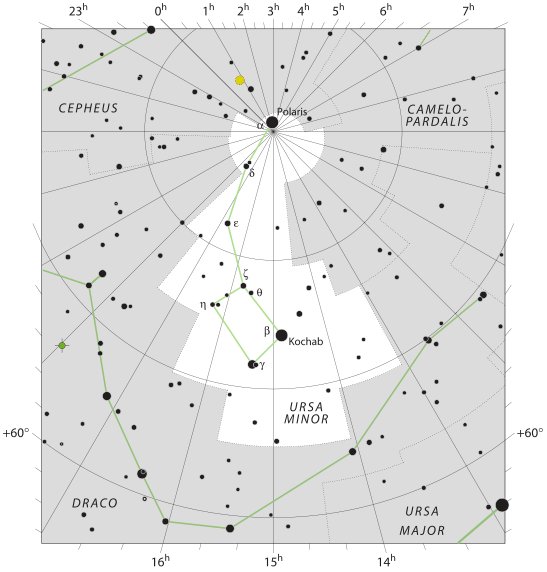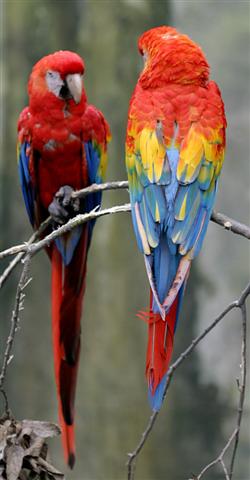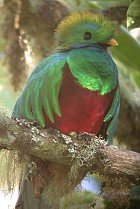199. And yesterday evening there was a TV program where they discussed the possible meaning of a curious object found in ancient Ur. It caught my attention because here was the origin of my Mesopotamian Lyre illustration:
The object had once upon a time been a kind of wooden box with 3 horizontal sequences of persons, and on one of the pair of its long sides was the illustration above, viz. at the end of the top sequence. I could see that the pair with the Lyre
were looking towards the past, because most of the other people in the sequences were looking towards the right. Clearly, I thought, the intention was to present a kind of Terminalia by way of the Lyre.
It was the end station for the Bull, we can see. He became a Lyre. Number 27 points at Aldebaran for the beginning of the Bull. Here was the Julian equinox:
And in May 28 Itzam-Yeh (Ursa Major, Seven-Macaw) had been defeated.
... So then the puma and jaguar cried out, but the first to cry out was a bird, the parrot by name ...
An idea which was discussed was whether the peculiar wooden box might be a sound box for a Lyre, because a similar box (without these glorious ornaments) had been found close by as a part of such a string instrument. The idea was dismissed, however, because all the ornaments would have made it quite useless for such a purpose. ... I must here take the opportunity to document, before it vanishes from my memory, how scientists (according to a TV program I happened to stumble on yesterday) had found out that the 91 vertical stone segments clearly had been arranged in order to produce a remarkable acoustical phenomenon - viz. how someone (like a priest) when clapping his hands standing on the ground in front of the pyramid would receive an echo of approval from the stones, sounding exactly like the chirp of the Flying Serpent (Kukulkan, the Quetzal Coatl) ...
|
|||||||||||||||||||||||||||||||||||||||
